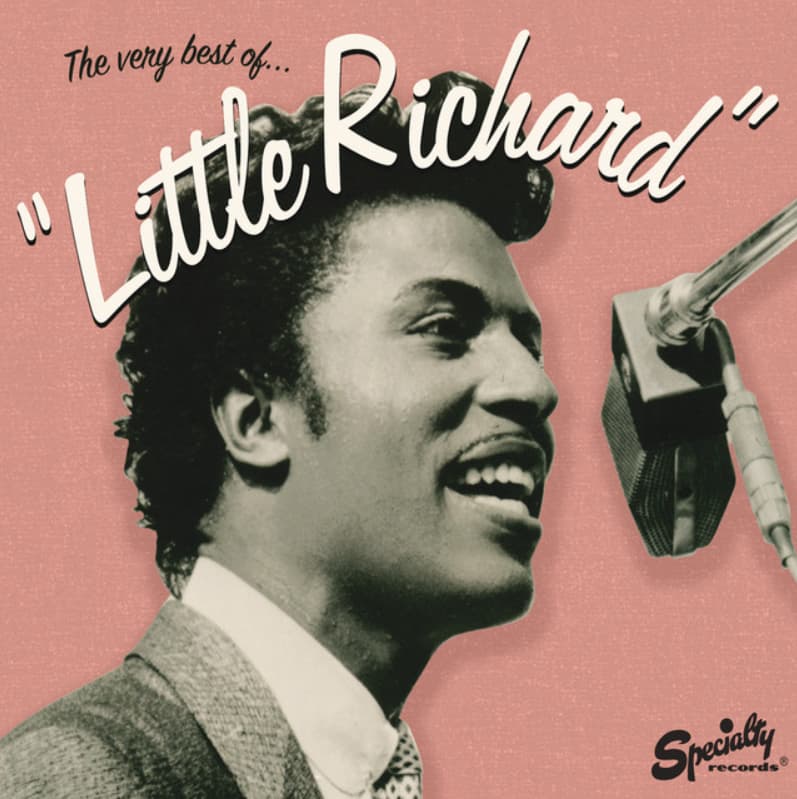
Little Richard’s “Tutti Frutti”: The Birth of Rock and Roll
When Little Richard unleashed “Tutti Frutti” upon the world in 1955, he did more than simply record a hit song; he ignited a cultural revolution. This explosive track, co-written by Richard and Dorothy LaBostrie, became his first major hit and laid the groundwork for the future of rock and roll. Its energetic refrain, “A-wop-bop-a-loo-mop-a-lop-bam-boom!”—a vocalization of a drum pattern Richard had imagined—became an iconic call to action for a generation of music lovers.
“Tutti Frutti” is often hailed for introducing several key elements that would define rock music: loud volume, a powerful vocal style, and a distinctive beat and rhythm. These characteristics were so influential that in 2007, a panel of renowned recording artists ranked the song at No. 1 on Mojo’s “The Top 100 Records That Changed The World.” They celebrated it as “the sound of the birth of rock and roll.” The song’s impact was further cemented in 2009 when the U.S. Library of Congress added it to the National Recording Registry, recognizing it as a pivotal moment in music history.
The journey to recording this legendary track wasn’t straightforward. Despite having recorded for RCA and Peacock Records since 1951, Little Richard had yet to achieve commercial success. That changed in February 1955, when he sent a demo tape to Specialty Records. The tape caught the attention of Specialty owner Art Rupe, who saw potential in Richard’s raw talent. A recording session was arranged at Cosimo Matassa’s J&M Studio in New Orleans, with Robert “Bumps” Blackwell producing and Fats Domino’s backing band providing the music.
During the session, Richard grew frustrated that his wild performance style wasn’t being fully captured. During a lunch break, he began playing a raucous, ribald song he’d been performing live for years. Recognizing the hit potential, Blackwell knew the lyrics needed to be cleaned up for mainstream audiences. He enlisted Dorothy LaBostrie to revise the words, transforming the original risqué content into the catchy, family-friendly version we know today.
The revised lyrics, “Tutti Frutti, aw rooty,” replaced the original, more provocative lines, and the recording was completed in just three takes. Released in September 1955, “Tutti Frutti” quickly climbed the charts, reaching No. 2 on the Billboard Rhythm and Blues chart and No. 21 on the Billboard pop chart. Its success in the UK was more modest, scraping into the top 30 in 1957 as the B-side of “Long Tall Sally.”
“Tutti Frutti” wasn’t just a commercial success; it was a musical innovation. Combining elements of boogie, gospel, and blues, the song’s new rock rhythm—driven by Richard’s two-handed piano approach—became the foundation for the standard rock beat. This rhythmic innovation would later be solidified by artists like Chuck Berry.
In the years following its release, “Tutti Frutti” continued to earn accolades. In 1998, it was inducted into the Grammy Hall of Fame, and in 2012, Rolling Stone declared its refrain “the most inspired rock lyric ever recorded.” The song remains a touchstone for rock and roll, celebrated for its raw energy and groundbreaking style. Bob Dylan aptly captured its significance, noting that Little Richard “took speaking in tongues right out of the sweaty canvas tent and put it on mainstream radio.”
“Tutti Frutti” is more than a song; it’s a milestone in the history of music, marking the moment when rock and roll began to take shape. With its unforgettable rhythm and electrifying performance, Little Richard’s “Tutti Frutti” will forever be remembered as the sound of the birth of rock and roll.